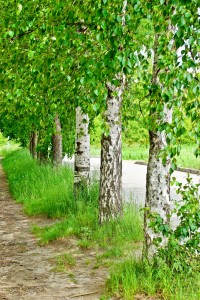 What pests feed on my Birch?
What pests feed on my Birch?
What types of Birch are most common?
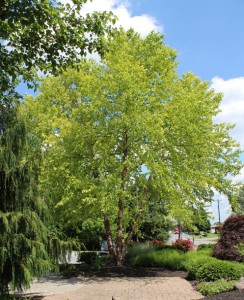 Maintenance Considerations with Birch Trees
Maintenance Considerations with Birch Trees
Which pests feed on my Birch that I should know about?
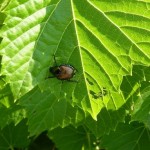
Japanese Beetles
These flying insects will appear sometime towards the end of June to the beginning of July, depending upon temperatures. They love to feed on Birch trees and can skeletonize leaves in a short period of time. Getting a tree service to perform a soil-applied systemic insecticide injection in the spring. This material will be taken up as the tree takes up water for its leaves. It will stay in the tree for the remainder of the year. If Japanese Beetle populations are considerable, spraying trees is also advised for Japanese Beetle control. It also helps with other pests as you’ll see below.
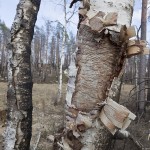
Borers
Wood-boring insect larvae are a big concern for any tree, but particularly for Birch trees. It’s very common to see a Birch tree that has been stressed for a number of years be finished off by Bronze Birch Borers. Performing an annual soil injection of insecticide will help to greatly reduce borer damage. Just remember, borers loved stressed trees. Keep your tree healthy all-around and that will also help.
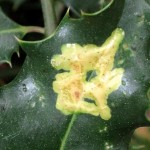
Leafminers
This small larvae actually hatches and tunnels within the leaf tissue of all sorts of trees and shrubs. Spraying trees can help to control this pest in a pinch, but the best method to control leafminers is to perform a soil injection in the spring as well. This will help the leaves on Birch trees to not get that ugly, tunneled appearance.
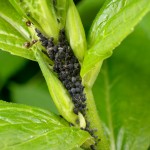
Aphids
There are many species of aphids that will feed on all sorts of trees, shrubs, and flowers in your landscape. These small insects often target new leaf and shoot growth, piercing plant tissues and sucking vital nutrients out of the plant. Their excrement is often sticky and will be a good medium for growing mold that can block sunlight from plant cells and also will attract all sorts of ants and bees. These pests can be easily controlled by spraying with insecticidal soaps, horticultural oil, and/or insecticides.
Bonus – Spotted Lanternfly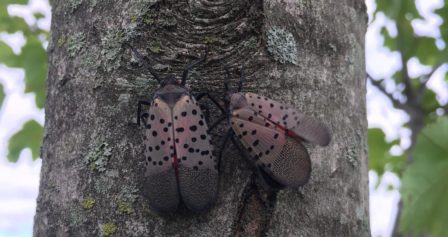
This invasive pest from Southeast Asia acts like a mosquito for your trees. It sucks the sap from the tree, creating wounds in the bark. This can impact the internal “pressure” in the tree (like your blood pressure), and hurt your birch’s long-term health. In addition, Spotted Lanternfly excrement causes the growth of black sooty mold on plants, patios, and furniture near the trees where they are feeding. You can read more about this invasive pest here.
Conclusion
As you can see, if you have a tree service perform a soil injection in the spring, keep your Birch tree watered in summer, and have a tree pruning service clean it up once and awhile, the Birch tree can be a beautiful addition to your landscape with minimal maintenance considerations. If you’d like help with Birch trees or any other trees on your property, or would like to talk to someone about planting trees on your property, we’d be happy to talk with you.

